- Customer Care +91 8800900271
- About Us
- Contact Us
- Sell Your Brand
- International Orders
- Disease
- Homoeopathy
- Willmar Schwabe Germany
- SBL
- REPL
- Dr. Reckeweg
- Willmar Schwabe India
- Bakson's
- Hapdco
- Lords
- Allen
- B Jain
- Adven
- Dr. Wellmans
- Indo German
- Medisynth
- Wheezal
- Adel
- HSL
- New Life
- Bioforce
- JVS
- Hahnemann Laboratory (HL) Calcutta
- Bios Laboratory (BL)
- Parul Homoeo Laboratories (PHL)
- Allen Calcutta
- Bhandari
- Dr. Bhargava
- PHBL
- SSL
- Dr Vijay's
- Natcure
- Kent Pharmaceuticals
- Similia
- Ralson
- St. George
- SHL
- Burnette's Homoeopathy
- Purusottam Homeo Bikas Laboratory (PHBL)
- Father Muller Pharmaceuicals
- National Homoeo Laboratory
- EL Dr. Lal Singh Expertise
- Dr Patel's
- Bangalore Bio-Plasgens (BBP)
- Boericke Research Laboratory (BRL)
- Ayurveda
- Unani
- Health & Fitness
- Books
- Veterinary
- Online Consultation
- International Orders


"When Your ACNE Over Stays Its Welcome"
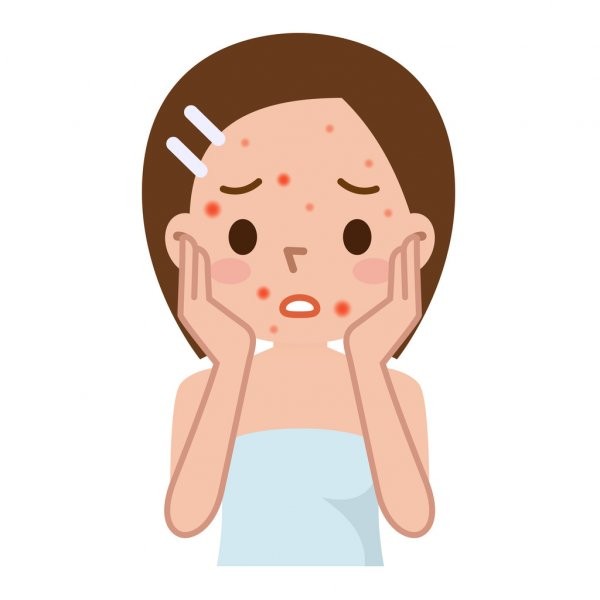
- By: Dr Raj Kamal Nirwal
- Profession: BHMS
- Category: Homoeopathy
- Nov 28, 2021
It is a disorder of pilosebaceous unit which predominantly affects the peripubertal population and clinically manifests as comedones ( open / closed) , papules , nodules, pustules , and cysts and heals generally with scars.
Acne or pimples is a common skin condition frequently seen in young individuals during teenage and youth years. This occurs mainly due to the action of hormones on the oil glands in the skin. The draining ducts of the oil glands get blocked and hence they are not able to drain the oil secretion. The oil and cells inside the blocked gland form a perfect environment for the growth of Propionibacterium acnes (the organism responsible for acne). Thus, it results in the formation of pimples or acne.
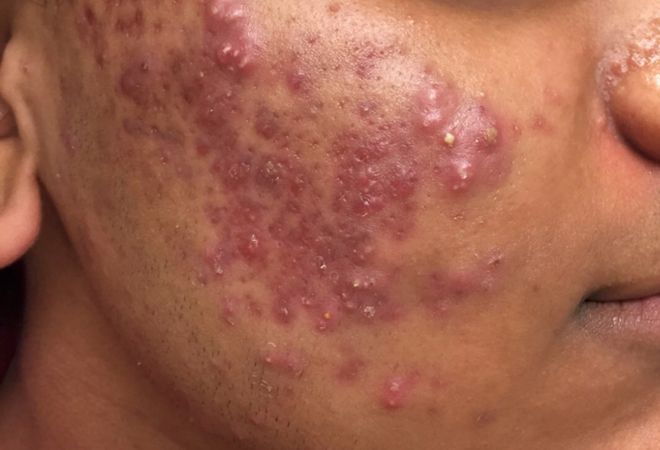
- Increased sebum production
- Follicular epidermal proliferation
- Microbial colonization
- Release of inflammatory mediators
- Genetic predisposition
- Cosmetics: a) oil base b) facial massage
- Menstrual cycle
- Pschological factors – anger and anxiety
- Diet – it plays very little role
- ACNE CONGLOBATA: more frequently seen in males. Characterized by polyporous comedones ( having several openings ) , inter communicating abscesses , cyst and sinuses loaded with sero - sanguinous fluid or pus . they are not only severe but also extensive .
- ACNE FULMINANS: it has acute onset and presents as crusted , ulcerated lesions associated with fever and pain in muscles and joints .
- OCCUPATIONAL ACNE: caused by exposure to industrial chemicals like tar, chlorinated hydrocarbons and cutting oils . suspect occpational acne if there is unsual site involvement like fore- arms , legs and behind the ears and the patient is of middle age .
- COSMETIC ACNE : seen in womes using oil based cosmetics and the lesions are usually seen on chins.
- ACNE AFTER FACIAL MASSAGE: usually occurs after 3-6 weeks after the massage and predominantly seen on cheeks and along the mandible.
- DRUG INDUCED: steroids , ocp , antitubercular drugs and anti –convulsants can cause acne .
- NEONATAL: occurs due to presence of maternal hormones in the child and may present at birth or appear later and may last up to 3 years .
- LATE ONSET ACNE: occurs after 25 years of age. Seen predominantly in women and one should exclude underlying androgen secreting pathology , especially PCOS .
- ACNE EXCORIEE: seen in young girls who obsessively pick their otherwise mild acne.
- Most patients with severe acne have a greasy skin
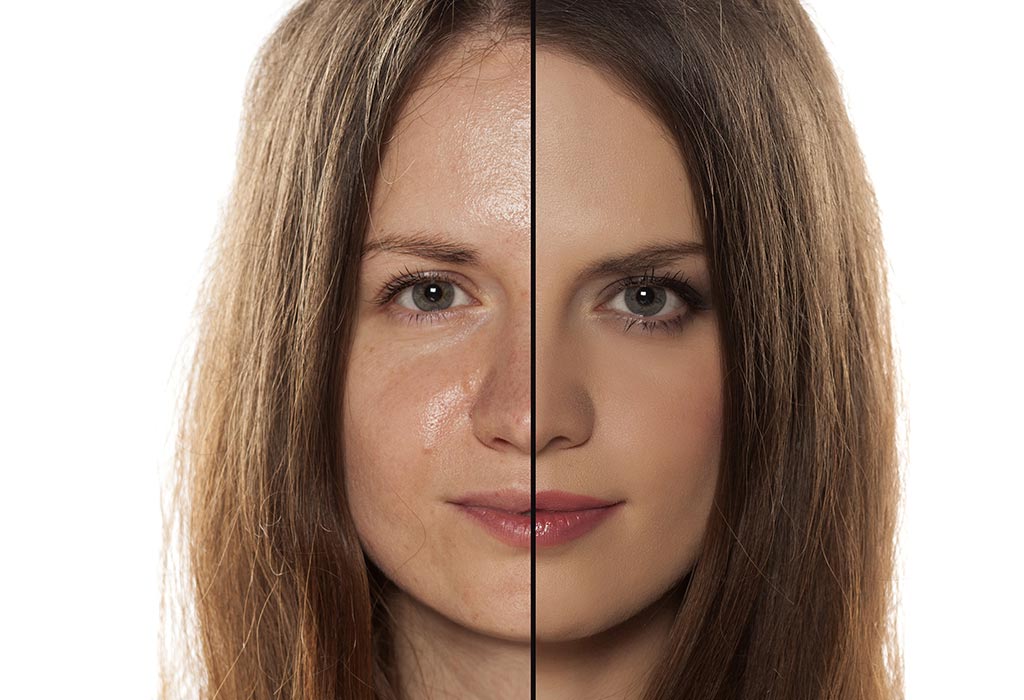
- Eruption is polymorphic ( occuring in several different forms ) characterised by presence of comedones , inflammatory lesions and scars , all present in the patient at the same time .
- Local hygiene: regular gentle cleansing with mild soap and water should be encouraged
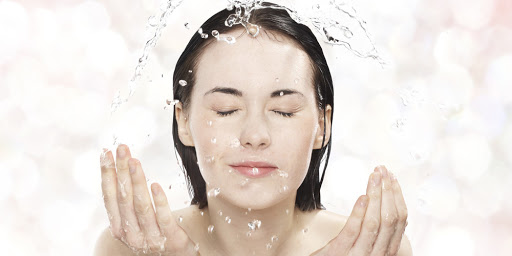
- Application of oil based cosmetics should be avoided , but water based cosmetics can be used .
- Stress should be managed
- Avoid unecessary use of drugs like ocps and steroids
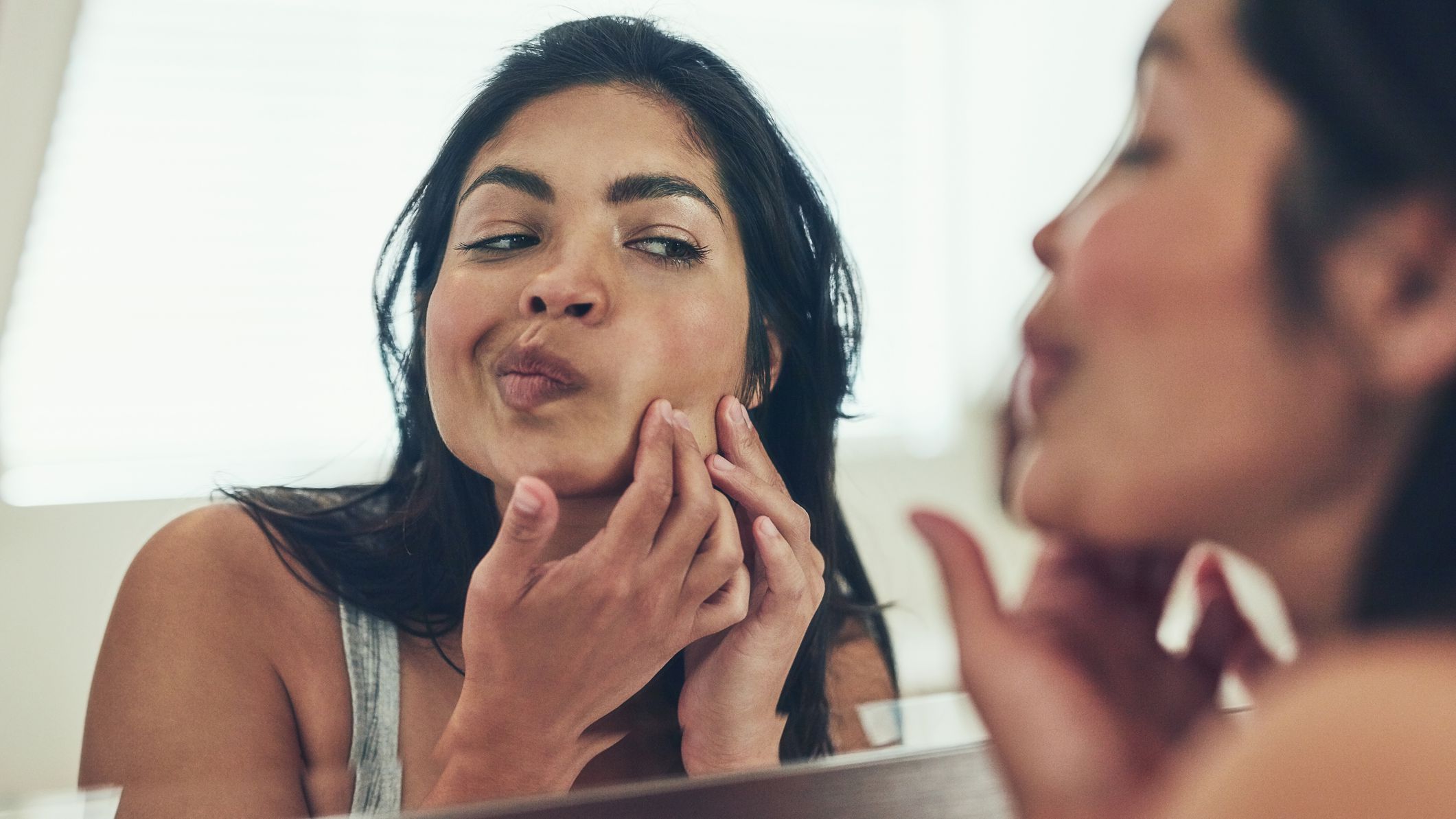
- Do not pick acne
- ANTIMONIUM CRUDUM :It is useful in pimples pustules , vesicles and pustules . the patient has dry skin which itches due to warmth of bed . The patient has scaly , pustular eruptions with burning and itching worse at night .
- BERBERIS AQUIFOLIUM :is used in the cases where there is pimply, dry , rough, scaly skin and eruption on scalp extending to face and neck . it also helps in clearing the complexion
- CALCAREA SULPHURICUM: This medicine is often indicated for those who have a tendency to get pus formation on acne. The person may be less tolerance to heat as compared to cold. The acne may be large, inflamed, red, and painful with a tendency to get scars.
- SILICEA: It acts in such a way that the tendency to get acne with pus formation, reduces after some doses of this medicine. The person tends to be sensitive to cold air, breeze and cold water. Usually, lean and thin physical structure, sharp mind but shy attitude, intelligent but less confident. Somewhat strong headed in his or her belief system.
- DULCAMARA: Works for acne and the marks left thereafter. The face may be full of acne and also with some allergic rash. When there is aggravation with a change of climate from dry to humid, you have to remember Dulcamara
- EUGENIA JAMBOS: Here the acne are simple and indurated . the pimples are painful for some distance around .
- GRAPHITES: Sensation of cobweb on face with itching pimple . pustular eruptions on face and there is aggravation during menses.
- HEPAR SULPH: Here the papules are prone to suppuration and is suitable to persons who have acne in their teenage years. The skin is very sensitive to touch and the patient can’t bear the clothes to touch the affected parts. The person has unhealthy skin and along with it the person feels very cold and wants to wrap up his body with warm clothes . The patient perspire profusely day and night.
- HYDROCOTYLE: The patient has pustules on chest and suffers from profuse perspiration .
- KALI BROMATUM: Here the acne is bluish red, pustular eruptions present on face, chest , shoulders and leaves unsightly scars. It is suitable to young fleshy persons of gross habbits .
- LEDUM PAL: Patient has red pimples on forehead and cheeks with stinging pain when touched . There is increase in complains because of heat of bed .
- NATRUM MURIATICUM: Hormonal disturbances such as PCOD or menstrual irregularities associated with or leading to acne may call for a study of Natrum Muriaticum. The face may be oily, a bit hairy, hypertrophied acne, ugly scars, in young girls and boys, may benefit from this medicine. The personality that matches with this medicine is one that is self-centered, reserved, brooding over past issues, inability to forget and forgive; kind-hearted yet somewhat egoist, less expressive with emotions, etc.
Get the Latest Updates Blog
 Click here to Pay
Click here to Pay
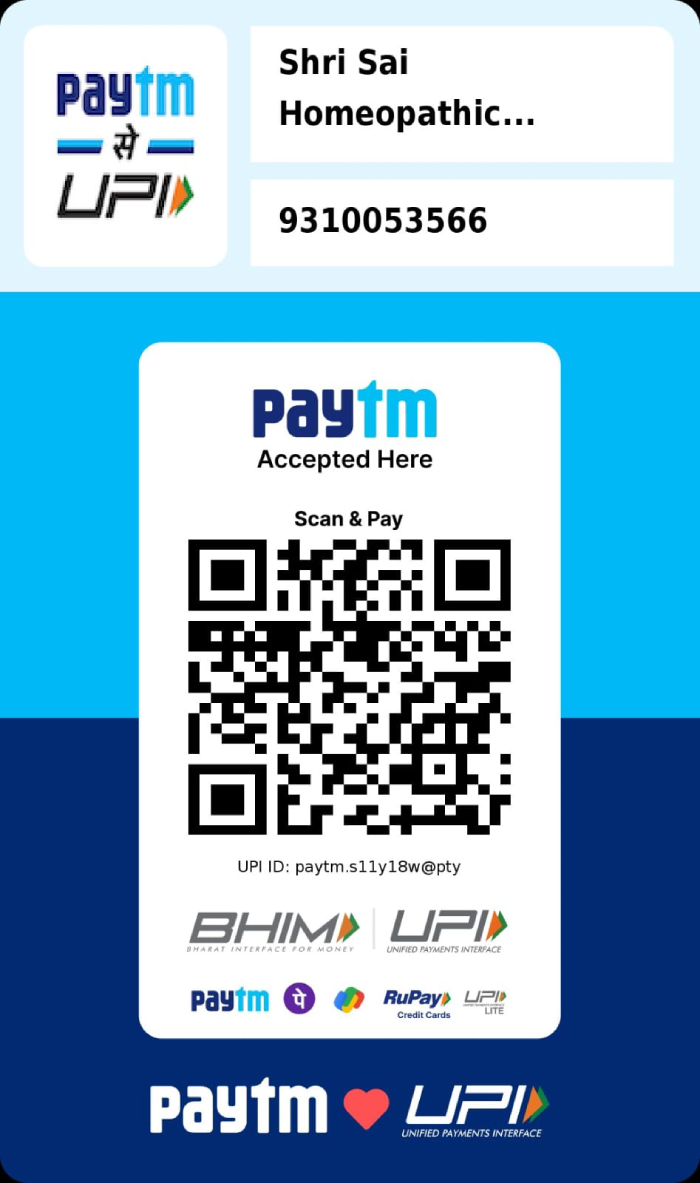
Please send the screenshot at 880 090 0271

